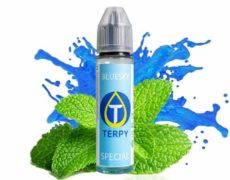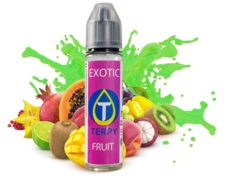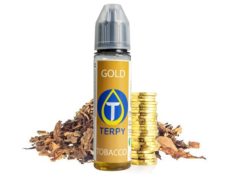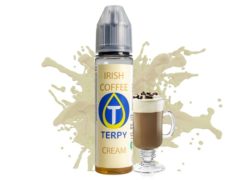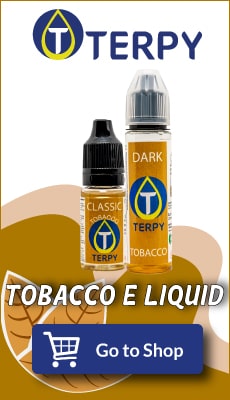Modified on: 27/05/2024
Everything you need to know if you think of making your liquid for e-cig.
If you have recently decided to switch to an electronic cigarette, you have heard of do-it-yourself liquids.
This option is very popular among vaping enthusiasts, but for you who are not yet too experienced, attempting this route may not lead to good results.
The main risk is preparing a mix that is not precisely to your liking and having to throw it away and waste money.
But this, believe me, is not the only danger you run. Getting the mix wrong could also irreparably ruin your electronic cigarette and force you to buy a new one.
In this article, I explain, step by step, how to create DIY e-cig liquid and the main aspects you need to consider to be safe.
Read also: Are tobacco warmers bad for you? Here’s why e-cigarettes are still the best alternative to smoking
1. Choose the most suitable base.
The first step in preparing your e-cigarette liquid is to choose the base that best meets your needs.
Regardless of the presence or absence of nicotine, consider that a base with a high vegetable glycerine content is more suitable for lung vaping, while for cheek vaping, it is preferable to choose a base with a lower glycerine content.
Below are the most commonly used bases for cheek vaping liquids:
- 60/40;
- 50/50;
- 50/40/10 (where 10 is the percentage of water).
And now the best ones for lung vaping liquids:
- 60/40;
- 70/30;
- 90/10 (again, 10 is the percentage of water and propylene glycol is absent).
There are many types of liquid on the market, but the general line to avoid rip-offs is to be wary of shops offering exaggeratedly lower-than-average prices.
If you buy cheaper bases than usual, you can still determine whether you have a bargain or if you have taken the wrong end of the stick.
How?
The first warning sign is the smell: a good quality base is almost completely odourless.
The second is the taste, which can only be verified by vaping. A lousy base will have strange tastes, even if it contains no flavour.
2. Choosing flavours.
There are both compound and primary flavourings on the market. Primary flavourings have the aroma of only one element and can then be mixed with others to obtain the desired flavour. Compound flavourings, on the other hand, have already been mixed and represent the final product.
If you are a beginner, opt for compound flavouring. The risk is to create a mix that is not palatable, wasting both the flavourings and the base.
3. Decide on the flavouring percentage.
Manufacturers almost always indicate the reference percentage, but it may not be written down. If it is specified to dilute the flavouring too, say, 10%, if you want to obtain 100 ml of vaping liquid, you must mix 90 ml of base and 10 ml of flavouring.
If the percentage is not specified, the advice is always to start with very low percentages, between 4 and 6%. Adding flavouring later is possible while overdoing the initial dose almost always leads to having to throw it away.
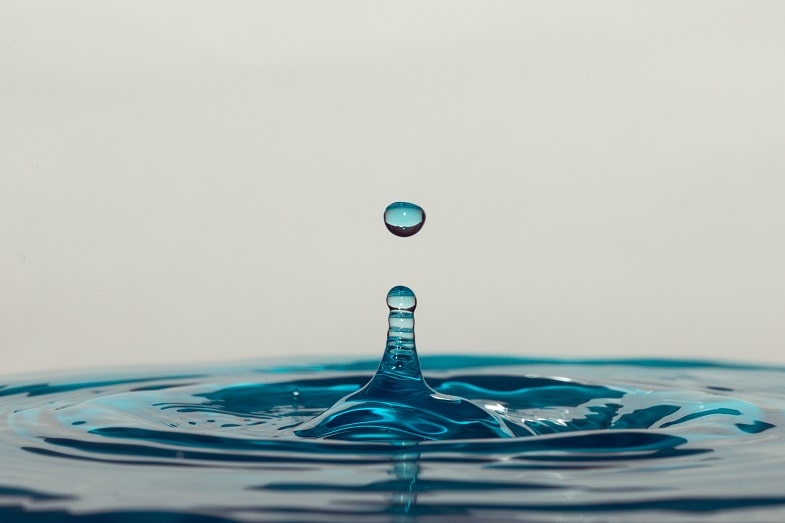

4. Decide how much liquid you intend to prepare.
If it is your first time doing this, choose to prepare small quantities of liquid. You cannot know whether the result will be to your liking.
To start with, 10 ml of liquid is more than enough. Once you have ascertained that the mix meets your taste, you can increase the doses to obtain larger quantities of ready-made liquid.
Read also: Electronic cigarette liquids: how long do they last, and what are the health risks?
5. Maturation mode and time.
Getting the maturation time or method wrong may lead you to think that your liquid has not been prepared in the right way, but this is not necessarily the case.
Whether it is a fruit, tobacco or other flavoured liquid, it is always a good idea not to ripen the liquid in too cold an environment. The colder the climate, in fact, the longer the time.
In general, however, tobacco or cream flavours need longer maturing times than fruity flavours.
Moreover, the same liquid vaped freshly prepared will taste different if vaped two, four, or six days later. Maturation, therefore, is a crucial phase for a positive vaping experience.
Be careful, however.
The time must not exceed certain limits. Most flavourings, except for organic ones, need seven to ten days of maturing. For example, a maturation time of even a few days less will suffice in warm weather.
As we have said, ripening is slower in cold environments.
But another condition that influences ripening time is when there is a higher concentration of vegetable glycerine. This is because the glycerine molecules struggle more to amalgamate with those of the flavourings.
6. Storage of liquids.
A further key point in the preparation of DIY liquids is their storage.
The ideal conditions for storing liquids for electronic cigarettes are those that, in general, would be suitable for storing wine: away from light and heat sources, but not for too long. Meaning?


As a general rule, always observe the expiry dates for flavourings and bases, avoiding exceeding one year because liquids and flavourings tend to lose their flavouring component if they are too old.
7. Is it better to prepare liquids at home or buy them ready-made?
The cost variation is slight, but several aspects must be considered. Often, saving money by buying packaged liquids can lead you to spend more. How?
Especially if you are inexperienced or have underestimated the preparation of do-it-yourself liquids, the chances are higher that you will get poor results and thus have to throw everything away.
Therefore, it is necessary to assess one’s taste and experience in vaping liquids to answer this question and then decide which is the best solution.
8. Online calculators: yes or no?
What are they? There are excel sheets available online that can help you calculate the percentages of secondary components, such as flavouring, but also of primary ingredients, such as vegetable glycerine, nicotine and propylene glycol.
If you are not experienced enough in vaping liquids, it is not advisable to use calculators. Still, it is preferable to buy neutral bases – mixtures of vegetable glycerine and propylene glycol available in different concentrations – so that you only have to add the flavouring to your mix. By doing so, you will be sure not to get the percentages wrong, and believe me. It happens more often than you think.
To conclude, these were essential for preparing do-it-yourself electronic cigarette liquids. Of course, as you can see, much is up to you and your taste in flavourings, but following these eight essential points will ensure the success of your mix.
We hope we have satisfied your curiosity, and before we say goodbye, we invite you to look at the items on sale at Terpy, Europe’s number one vape shop.


